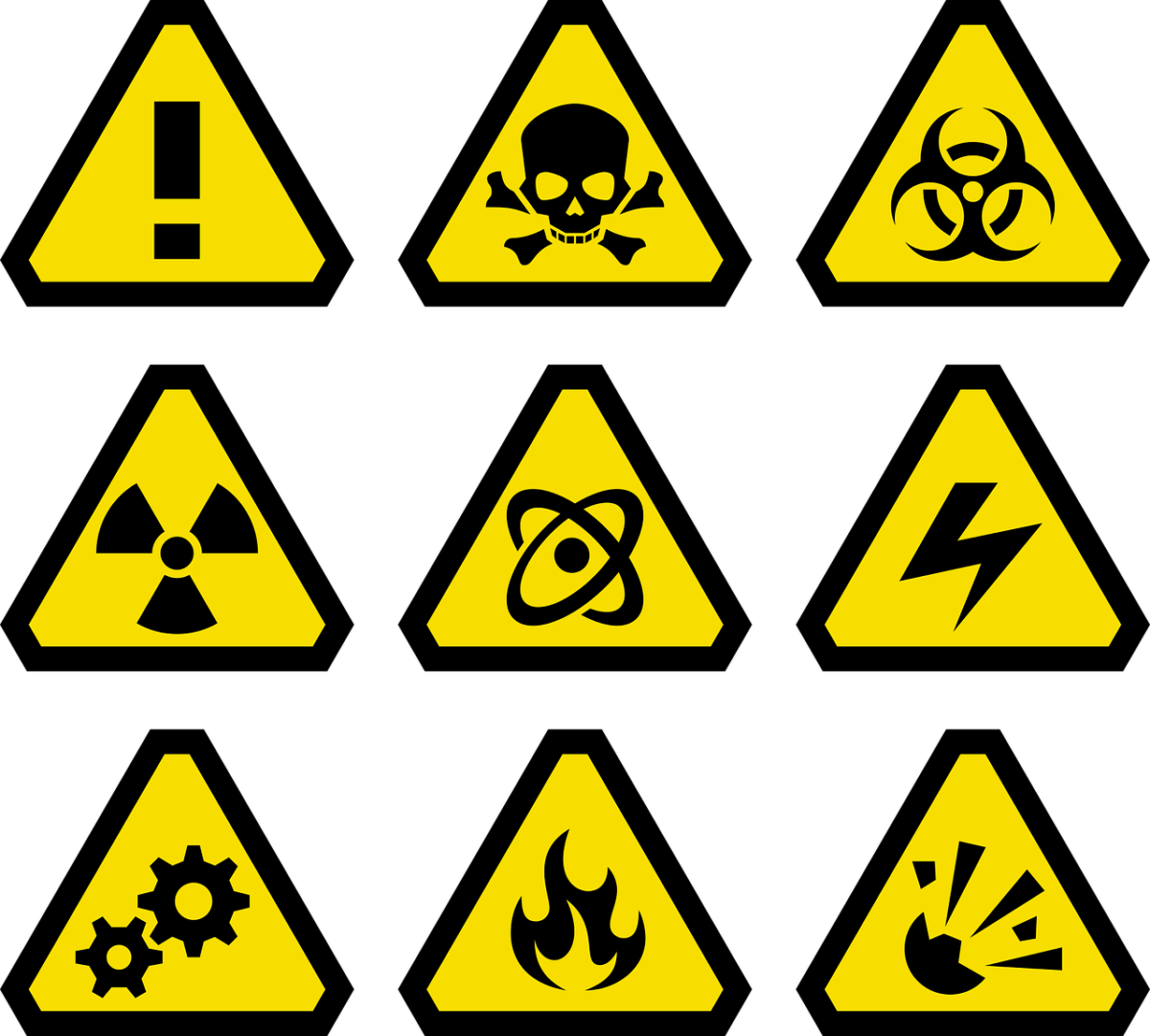BLOG
OSHA Answers Questions Related to Inspection Procedures for the Hazard Communication Standard (US)
- #Hazard Communication
- #Hazard Communication Standard
- #Inspection Procedures

On September 21, 2016, the Occupational Safety and Health Administration (OSHA) published a memorandum interpreting the requirements of the Hazard…
On September 21, 2016, the Occupational Safety and Health Administration (OSHA) published a memorandum interpreting the requirements of the Hazard Communication Standard (HCS) by answering specific questions raised following OSHA’s July 9, 2015 publication of compliance directive CPL 02-02-079, “Inspection Procedures for the Hazard Communication Standard (HCS 2012)”.
The following summarizes the information provided by the memorandum, and is numbered to reflect the numbering of questions and responses in the memorandum.
(1) OSHA stated that its previous interpretation of the phrase “exposed under normal conditions of use or in a foreseeable emergency,” the standard that determines when employee training is required relating to the hazards of a chemical in their work area, remains applicable to HCS 2012. The question of whether the meaning of the phrase had been changed likely arose because the 2015 compliance directive included different language in its discussion of the phrase and it cancelled a 1998 directive that interpreted the phrase. In this memorandum, OSHA reiterated its previous interpretation of the phrase by quoting the language of the cancelled 1998 compliance directive.
(2) This memorandum makes clear that all containers of hazardous chemicals shipped by a manufacturer or importer must be HCS 2012-compliant labeled before June 1, 2017. The question of when exactly the labeling requirement would be effective for manufactures and importers of hazardous chemicals likely arose because, while the 2015 compliance directive did not identify an exact date for the requirement, a letter of interpretation sent on September 1, 2015 to Mr. Lawrence P. Halprin did identify an effective date of June 1, 2017. This memorandum includes language from that 2015 letter of interpretation.
(3) OSHA states that, on the other hand, end users (employers) with existing stock or who have received shipped contained with HCS 1994 labels are allowed to maintain and use those containers without HCS 2012-compliant labeling (even after the June 1, 2016 final effective date). Furthermore, OSHA notes that if an end user receives HCS 2012 labels from an upstream supplier for its existing stock, it is advisable to affix those labels over the old HSC 1994 labels but not required.
(4) With regards to the use of HCS pictograms on Hazards Not Otherwise Classified (HNOC) labels and/or safety data sheets (SDS), OSHA revised the language of the 2015 compliance directive in this memorandum to allow the use of the exclamation mark pictogram when certain conditions specified in the memorandum are met. OSHA states that it considers the use of any other HCS pictogram to indicate hazards of an HNOC as contradicting or casting doubt on the required information.
(5) In the memorandum, OSHA replaces the language from the 2015 compliance directive that “the lists of constituents in sections 3 and 8 [of the SDS] must be the same” in order to clarify the requirements for each section’s listing of ingredients and how they can overlap.
(6) OSHA states that, in addition to the use of the words “trade secret,” it will also accept language such as “confidential,” “confidential business information,” or “proprietary” on a SDS to indicate that information on constituents is being withheld in accordance with the trade secret provisions of the HCS.
(7) The memorandum also includes a response to question about the collaborative work being done between OSHA and Health Canada to coordinate and align each country’s positions on the Globally Harmonized System for Hazard Communication (GHS).
Sources: